HOSTS- Jeremy Burns, Matthew Scott Phillips
TYPE- Theory
DURATION- 92:14
BUMPER MUSIC- "MU101 Bass Modulator" (Area 47 Music)
ANNOUNCER- Mike Cunliffe
Picking up from where we left off on episode 50, we will continue our discussion on modulation to closely related keys. We will talk about modulating to relative keys. We will discuss chromatic modulations, with and without pivot chords. We will also take on sequential and phrase modulation and we may get blind sided by a direct, or abrupt, modulation or two. Finally, we will take a moment to
harmonize some modulating melodies!


-Major keys will often modulate to their V, or dominant, key. However, they might
often move to vi, their RELATIVE MINOR.
-Unlike major keys, i-v is not the most common of modulations in minor. They will
often move to III, their RELATIVE MAJOR.
-Here are some good pivot chords between a MINOR key and it’s
RELATIVE MAJOR:
-i in the old key, acting as vi in the new key.
-ii• in the old key, acting as vii• in the new key.
-III in the old key, acting as I in the new key.
-iv in the old key, acting as ii in the new key.
-vi in the old key, acting as iv in the new key.
-All of the above pivot chords perform the same function when moving from a MAJOR to it's RELATIVE MINOR.
1- Write a progression in the original key.
2- Think of a chord that is DIATONIC to both keys.
3- Write a progression in the new key, make your pivot chord the predominant (of the new key) and reestablish said key.

-In a CHROMATIC MODULATION with a PIVOT CHORD, one or both of these two things could be happening:
1-There is typically a chromatic movement from the LEADING TONE of the new
key.
2-The PIVOT CHORD is a SECONDARY DOMINANT (V of) or a SECONDARY
LEADING TONE (viiº of) in the old key and a V or viiº in the new key.
-Sequential Modulation- A sequence is used to change the tonal center. Changes occur at a phrase level rather than just on a single chord.
-One could use a descending melodic sequence, accompanied by a circle of 5th
progression, to modulate to another key.
-Can be chromatic in one or both keys.
-ii and iii make for good chromatic modulations

Below are some suggested steps to writing a chromatic modulation without a
pivot chord:
1-Establish a key.
2-Write a chromatic movement, ideally in the bass, using the leading tone of the new key.
3-Seal the deal by establishing the new key.

-Direct Modulation- This occurs when the modulation happens, abruptly, with no transitions to smooth it over.
-Phrase Modulation- This occurs when the first phrase is in the original key. The second phrase, that follows, is in a completely new key with no pivot chord or transitional moment.
-Modulating Periods-This occurs when the first phrase establishes the key. The second phrase, that follows, modulates to the new key.
-This often occurs in the 1st section of a binary form.
-These modulations typically move to the V in major (dominant) keys. They will often to the III in minor (relative major).
Consider the following steps when attempting to harmonize a modulating melody:
1-Try to identify the keys of the closing and opening phrase. If they are the same, try to identify chromatic material within the phrase. Look for a new LEADING TONE.
2-See if you can identify a pivot chord write before this moment.
3-Try to identify cadential gestures and movement within these chords.
4-Attempt to write a bass line that fits these cadences.
5-Harmonize the rest of the melody using what you now know of harmony and voice
leading.
-In minor, modulations to v are more often to v, rather than V.
Check out our buddy, Jeremy Faber, on YouTube by clicking HERE

